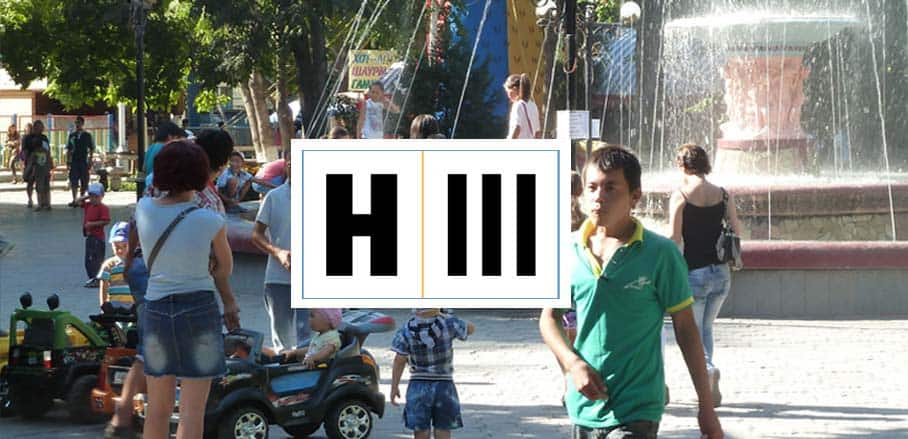Live from Quito, Day 2: Inter-municipal partnerships
Strengthening cities as actors for sustainable development is one of the main targets of the New Urban Agenda. Although in many countries cities are struggling to satisfy the basic needs of their population, they have a lot to offer: Be it technical solutions to municipal needs such as fresh water supply, internet and communication connections, knowledge of local needs like transport or recreation facilities, or mechanisms for the participation of civil society. To share their expertise and experience with others, cities enter inter-municipal linkages to learn about good practices, to discuss challenges as well as possible solutions, and to implement joint projects. All these actions aim at helping to implement the New Urban Agenda at local level.
The “Municipal Partnerships and Practitioners’ Networking” event, organised by GIZ on Tuesday morning, showcased good examples of municipal learning and cooperation. German cities have a long history of municipal self-administration. They are in charge of their own prosperity, and therefore know exactly how important it is to build capacities and to create and implement new ideas. Hence, the Association of German Cities is involved in a whole variety of development cooperations. Sabine Drees from the Association of German Cities, for example, spoke about their experiences with the international community of practice “Connective Cities” led by the Federal Ministry for Economic Cooperation and Development (BMZ). The project focuses on matching German experts with partners from other countries to foster mutual learning, ideas and solutions for local problems. The Community of Practice is a peer-to-peer-learning process and offers many services such as webinars, sharing of data bases, and dialogue events.
The mayors of two German cities gave a short insight into good practices for municipal partnerships. They described the municipal planning partnership on climate change between Ludwigsburg, Germany, and Kongussi, Burkina Faso, which focuses on vocational training. The mayor of Mannheim, a city that hosted one of the 26 Habitat III Urban Thinkers Campuses, elaborated on a water treatment plant project that Mannheim is conducting with the Palestinian city of Hebron. As with other inter-municipal partnerships, much of the cooperation focuses on capacity building and training. Moreover, Mannheim has also been allocating technical equipment to Hebron.
Learning from others – city-to-city partnerships
Urban mobility is at the heart of the New Urban Agenda. Cities today occupy approximately two percent of the landmass worldwide; however, they are responsible for 70 percent of global greenhouse gas emissions. Not all of these emissions relate to traffic, but in order to fulfil the 1.5 degree stabilisation target, cities need to develop and implement a more sustainable approach to urban transport and mobility. City-to-city cooperation can be a means to foster new ideas and projects in this field. At the German Pavilion, panelists discussed the opportunities and barriers for sustainable urban transport measures on Tuesday afternoon.
City-to-city cooperations provide opportunities for sharing knowledge and experience on eye level. They can also help to shift perspectives. Marcello Cintrado Amaral from Belo-Horizonte, Brazil, a city in a partnership with Bremen, Germany, said: “We are much, much bigger than Bremen, but from the beginning we experienced that we have problems in common.” Through partnerships, cities can learn from their respective partners. Belo-Horizonte, for example, picked up the idea of assigned bicycle lanes to work towards sustainable mobility. By now, the project is well under way, and first local stakeholder meetings have already been held.
Shifting the perspective on methods and tools for how to do things and how to do them right was the lesson to be learned for the Indian city of Kochi when it partnered with a city from China. “[At the beginning,] we were very sceptical,” said the panelist from Kochi. The two cities differed in almost every aspect, including the degree to which they could regulate their own affairs. Still, engaging with a partner outside the own cultural context enhanced the understanding of the issues at stake and fostered new ideas in terms of how to make the cities more sustainable.
The inter-departmental approach
Municipalities usually plan and manage their resources along sectoral lines rather than in an integrated manner. Thus, they are unable to fully exploit the potentials and synergies that might arise through inter-sectoral and inter-departmental planning. In 2011, Germany started the “Urban Nexus” project for integrated water, energy, food, and land use management. As of today, the Urban Nexus runs regional projects in 12 cities in 7 different countries in Asia.
Tuesday’s last event at the German Pavilion showcased two projects in order to explain why the nexus approach is helping cities all over the world to achieve more with less. By adopting an inter-sectoral approach, projects are evaluated not only with regard to what solution they provide for one particular problem, but also to what benefit might come out of it for other sectors.
